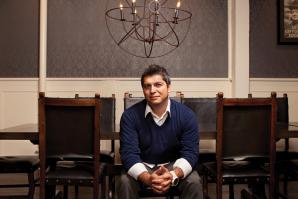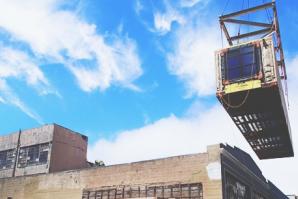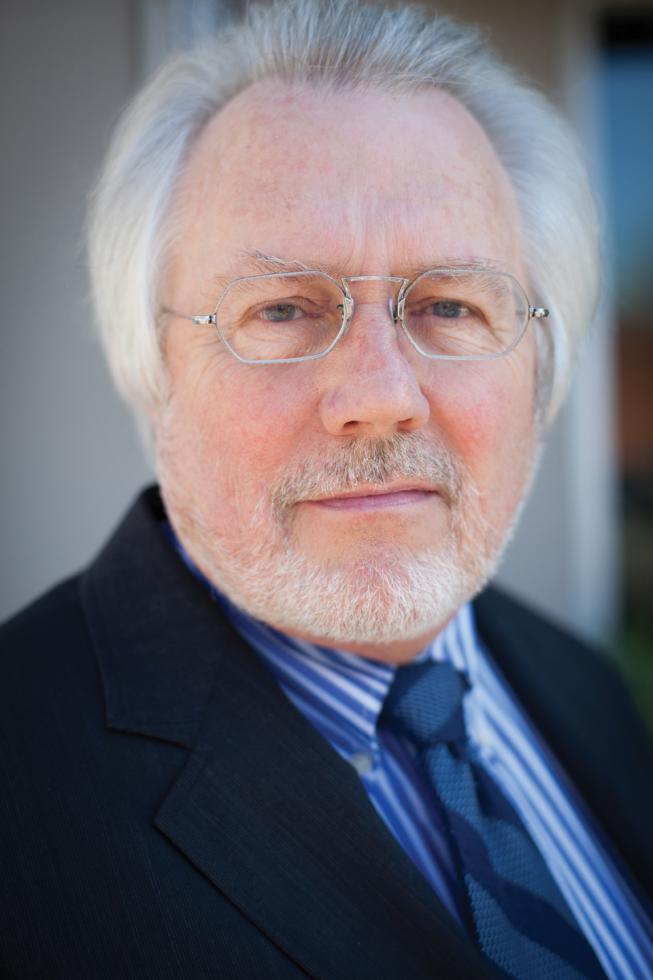Robert Chase, 67, is California’s deputy state architect and the current president of the Central Valley chapter of the American Institute of Architects. In addition to his private-sector work in Boston, New York, Los Angeles and Sacramento, Chase has also served as the chief building officer for both the city and county of Sacramento.
In 2006, there was a lot of positive change going on in the city. I became the first architect in 150 years to serve as the city’s chief building officer. I enjoyed the challenge for three years. And then there was some political stuff going on that will go undiscussed; I decided it was time to move on.”
“Head people at the county were anxious to hire me; they were familiar with my work at the city level. But that didn’t work out so well either. I was there nine months. An internal, union-backed candidate challenged my hiring, and that situation ended up with me filing a lawsuit against the county, which I ultimately gave up. Life is too short.”
“The thought of getting involved in state bureaucracy was very frightening at first. But the more I talked with (State Architect) Chet Widom, the more I became convinced the position was a good fit for me. This has turned out to be the most varied and satisfying job of my entire career. Technically, my division oversees the design and construction of all public schools and community colleges throughout the state.”
“Last week, we aligned the state accessibility building code with the federal code. We’ve all heard about the plethora of frivolous [Americans with Disabilities Act] lawsuits throughout California. Somebody walks in and says they’re going to sue you unless you give them $4,000 to go away. This new accessibility covenant should make a difference. It won’t make everything perfect, but it should help.”
“The passage of Proposition 39 is going to bring $1.1 billion in new revenue to the state annually. That’s the proposition that closed a tax loophole for how out-of-state corporations report income and pay taxes on earnings earned in California. Half of that income is dedicated to energy improvements for public schools and state building. That’s going to keep us busy for the foreseeable future.”
“As president of [Central Valley chapter of the American Institute of Architects], my focus is going to be on developing alternate roles for architects in society. The traditional model of coming out of school and getting hired by one of the 100- or 200-person regional firms and working there forever just isn’t realistic anymore. Those days are over. There are not 100-person firms anymore, and they are not hiring. All of the options that we used to have, have gone away. So what do we do? Do we shut down the architecture schools? No. I believe talented people still want to pursue an architectural career.”
“When I made my shift from the private sector, I became aware of the need for licensed architects in public service. Builders and developers know first hand of the frustration of dealing with planning and building department staff. If you’re griping about permitting delays, then perhaps that’s where a trained architect on staff can make a positive difference. So we’re going to be turning over stones looking for alternative roles and exposing people to those options.”
“While the recession has slowed the turnover of senior architects, we are an aging profession. Nationally and regionally, the AIA is graying out faster than it’s bringing in. And that statistic is only going to hasten as the economic recovery picks up speed. When you do the math, that is the road to extinction. Our focus should not be on keeping our 65-year-old partners happy. It should be on staying relevant to our younger members. If we don’t, the young talent pool will drift toward high-tech and other nonarchitectural careers.”
“Local activity is still not good out there. We hear little bits of anecdotal stuff. We’ll hear that the housing industry is picking up, but that has not yet translated back to new work for our local architectural firms. It’s still a great challenge. What hurts more is that other parts of the state (Los Angeles, the Bay Area) and the country are now doing much better. They never got hit quite as hard as we did. The housing bubble hit us very hard. So it has taken quite a toll on our economy. We haven’t climbed out of that yet.”
“And since retail chases rooftops, there’s not much of that work going on either. If you’re in the retail shopping center business, nothing is going to happen any time soon. We are over-retailed in the region anyhow. That sector is going to be quiet for quite some time. On the commercial and office front, there are still a lot of vacancies. So there’s no demand there either.”
“Schools and hospital activity is probably better today than five years ago. We still see school projects being submitted for review on a weekly basis. They are coming in based on bond issues that were voted on 4 to 5 years ago. That activity should continue for at least another couple years. Hospitals are still completing required seismic updates. Health care facilities in general continue to grow to meet the increasing demand of our aging population.”
“There will always be certain projects that require specialized skills not present in our local firms. If a new arena is ever built downtown or in the railyard, the lead architect will likely be a national or international firm that has designed sports and entertainment facilities around the world. However, for most other projects, we have all the talent needed here in the Central Valley. Competition was fierce with outside firms when the economy was good. When the economy turned, most closed their shops here, but believe me, when good times return, so will they.”
“Most people are unaware of what good architecture does for the community and the individual soul. With our first architectural festival last year, the AIACV emphasized to the general public the importance of local firms. Because of their ties to and understanding of the region, they have a value here that outside firms lack. We understand the history of the region and the desires for its future. I believe this knowledge can make for a better city, a better community. With this year’s [AIA Central Valley Region Architecture Festival] (Oct. 9-19), we will continue to make people more aware of their living and working environment. When people think of great cities or great neighborhoods, there is usually great architecture and design involved. It is our goal to help point out local examples of that.”
“Infill projects are simply the right thing to do environmentally. Over the past 10 years we have seen tremendous infill projects in developing new and restoring historical properties by local firms in Oak Park, Del Paso and throughout midtown. These are LEED (Leadership in Energy and Environmental Design) certified projects. The most sustainable building is the building you don’t have build, it’s already there. Last year, my wife and I remodeled an old Black & Decker repair shop in midtown. Two months ago, we moved into it. That type of project goes a long way toward revitalizing existing neighborhoods.”
Recommended For You

Intricate Infill
Architectural Designer Marvin Maldonado
“First off, I’m not an architect,” says Marvin Maldonado, a Sacramento-based building designer. He’s really more of a dreamer with a architecture degree.
But as we all know, dreams can get tricky.

Putting the Fab in Pre-Fab
Modular construction cuts construction and energy costs
The final stages of construction at a trend-setting apartment project in San Francisco’s SoMa neighborhood, known by its address at 38 Harriett St., largely resembled a life-sized game of Tetris.



